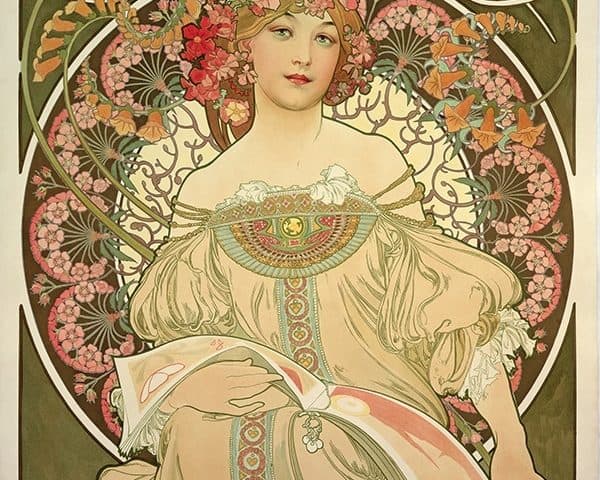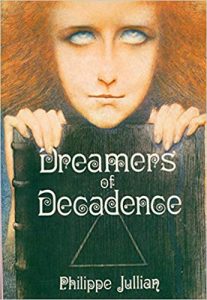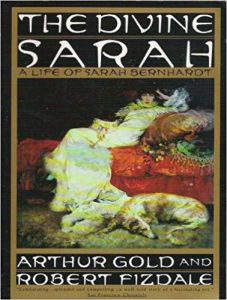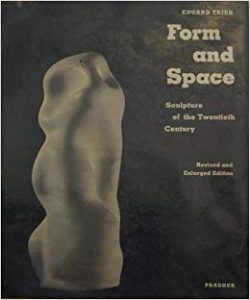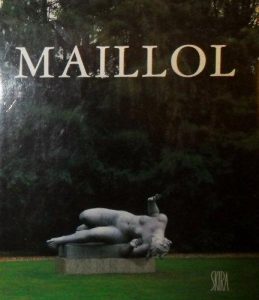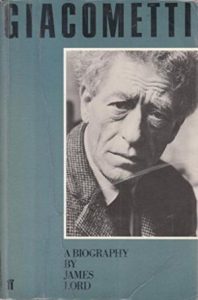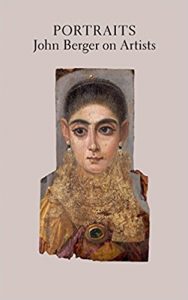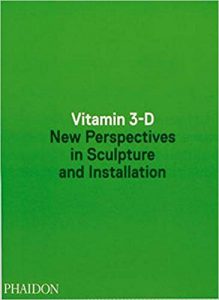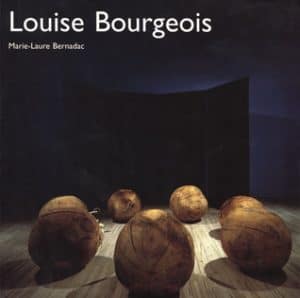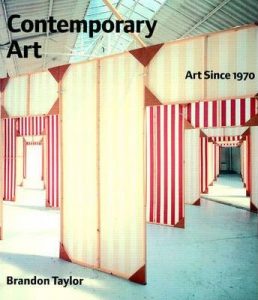
Book review for Hala Alyan’s Salt Houses
25 September 2018
Travel Books picked by Olga Ospina
15 October 2018The Library is pleased to present the Culture Picks for the month of September, curated, researched and written by Library volunteer Mike Duffy.
Our Picks this month include an exhibition featuring nearly the entire career of Alphonse Mucha, an artist whose work was the most recognizable in Paris at the end of the 1890s. In addition to his celebrated art nouveau images, this exhibition adds his lesser known paintings and drawings born out of his deepest personal convictions. There are also two great shows on Alberto Giacometti, whose sculptures stand as equals alongside those of masters such as Zadkine, Rodin, and Csaky. As well, the Fondation Giacometti and the Fondation Calouste Gulbenkian together offer the chance to participate in an interesting, challenging conversation through time, through their art of Giacometti and Rui Chafes.
As always, we’ve selected books from our collection to go with the cultural visits. These books are displayed in the Members’ Lounge and available to be checked out.
Guest blogger: Mike Duffy lives in Paris following his retirement from a career in university teaching and management. He spent his first 30 years in Pennsylvania (born in Pittsburgh, college and grad school in Philadelphia), then spent a bit more than that in California where he taught accounting and finance at the Universities of California (Berkeley), Southern California and San Francisco. He can now be found in art museums, historic sites, and concert halls throughout the city.
ALPHONSE MUCHA
MUSÉE DU LUXEMBOURG
Through 27 January 2019
The exhibit Mucha at the Musée du Luxembourg could have easily been titled Mucha! with a well-deserved exclamation point for here is the sweep of the career of an artist whose work was the most recognizable in Paris at the end of the 1890s. Alphonse Mucha (1860 – 1939) was inspired by, participated in, and advanced three great movements that led Europe from the 19th to the 20th Century: mystical spiritualism, fervent ethnic nationalism, and a belief that all people deserve to have beauty in their daily lives. In addition to his celebrated art nouveau images, this exhibition adds lesser known, very interesting paintings and drawings born out of his deepest personal convictions. All together these works portray an innovative, dedicated artist, a representative of his times but also a standout figure.
Mucha’s signature look—a beautiful young woman in a tangle of sinewy lines, garlands of fruit and flowers, with medieval or Byzantine echoes and bright with pastel colors—became the best known, popular version of art nouveau. His poster for the world’s most famous actress, Sarah Bernhardt, as Gismonda (1894) dazzled and delighted Parisians who stole it as fast as it could be hung. With its innovative long, narrow shape, beautiful tones of purple and gold, highly original design combining hints of religious imagery (halo, stained glass) and a taller-than-life-size image of Miss Bernhardt in a spectacular costume, this poster and several others in the exhibition show off Mucha’s explosive talent as it took the French capital by storm.
His devotion to the cause of the Slavic peoples, especially his Czech compatriots, drove Mucha to his grandest achievement, the twenty huge canvasses that make up The Slavic Epic (1912 – 1926), a near-mythic retelling of history across Slavic regions designed to shore up ethnic identify and pride before and after the collapse of the oppressive Austro-Hungarian Empire. One study, The Apotheosis of the Slavs: Slavs in Service to Humanity (1926), shows working men and women in local costumes with revolutionary flags, including those of the United States and France, and a huge, strong, bare chested Slavic figure rising overhead, shadowed by both God and a rainbow. This is Mucha expressing his belief in universal fellowship, in progress through the actions of the people, in the divine role of the Slavic nations.
This set of paintings, too big to travel and rarely seen, is represented by studies and a well done video display showing several of the finished works alongside close up details. Notice the costumes, the faces and especially the titles. Worship in your own language (1912), for example, illustrates the incorporation of Slavic languages into Christian worship hundreds of years earlier and stood as a rebuke to the suppression of Slavic languages by the Empire which Mucha experienced first-hand in the village where he grew up. HIs religious work also incorporates Slavic nationalism. In drawings for stained glass windows for Prague’s St. Vitus Cathedral, Mucha illustrates the conversion of the local people, including the great national mother figure, Ludmila of Bohemia, and her grandson, now known as Good King Wenceslaus. Throughout his work, elements of Slavic culture mix with Christian, Freemason and romantic religious elements as he developed, particularly after 1900, art designed to be part of the progress of humanity.
Recommended books from the Library collection:
GIACOMETTI: FROM TRADITION TO AVANT-GARDE
MUSÉE MAILLOL
Through 20 January 2019
The son of a Swiss painter, Alberto Giacometti displayed instinctive artistic skill when at age 13 he sculpted his brother Diego’s head. It is a beautiful piece that, unknown to either brother, would lead to 50 years of Diego sitting for drawings, paintings and sculptures by his sibling. The early career, realistic sculptures of heads show expertise, mastery of technique, style and material. Giacometti veered away from explicitly figurative work after his 1922 move to Paris, when he successfully embraced Cubism and Dada. His works from this period are exceptional and stand as equals in this exhibition alongside those of masters such as Zadkine and Csaky. Consider The Couple (Le Couple) and Composition (called Cubist I, Couple), both around 1927, one inspired by new-to-Giacometti African art and the other as good a Cubist embrace as those by Brancusi. These early works, from before and after he moved to Paris, are outstanding, but they are only a tease for the more than 50 Giacometti works which take us from tradition to avant garde.
In 1935 Giacometti (1901-1966) returned to figuration for the rest of his life. He created heads or busts of his brother, his wife and several models, each of whom sat for him over and over and over. One model came for what was to be a couple of weeks and posed, sometimes daily, for five years. What was this obsession? Giacometti came to believe that an artist could never fully capture a person in an image. Frustrated, he often destroyed the day’s work only to start again the next day with the same model. During World War II, Giacometti worked in a small room in Switzerland and created diminutive heads such as the beautiful Small Bust of Silvio on a Base (1944 – ’45). There is incredible detail, clear individuality in a sculpture the size of a thumb. Many of his other works, in plaster or bronze, look unfinished, rough, still in process. In fact, he may never have thought something finished; rather he had achieved what he could. The array of heads and busts in various shades, some with streaks of paint, leave one feeling the struggle Giacometti waged each day. He said, “A sculpture is not an object, it is an interrogation, a question, a response. It cannot be finished or perfect. (F)or a thousand years, Michelangelo could have carried on sculpting Piétas without repeating himself … without every completing anything…The same with Rodin.” The same with Giacometti.
The tall, spindly figures which have become emblematic of Giacometti’s career carry anonymity and occasionally a sense of movement forward in their steely, rough bodies. The multiple figures on bases present little or no individuality, no sense of relating to each other. The importance of Rodin’s work to Giacometti becomes clear here. Look at the blown up photograph of the younger artist sitting on the base amidst the figures of the Burghers of Calais, look at the small version of that majestic work nearby and then look at the Giacometti sculptures. The individual Burghers are distraught, anguished, and do not look at each other. Giacometti’s figures are the same. Looking at the small version of the Burghers of Calais allows very close up examination of the figures and an appreciation of their stances and expressions that is very moving.
Recommended books from the Library collection:
ALBERTO GIACOMETTI AND RUI CHAFES: GRAY, VOID, SCREAM
FONDATION CALOUSTE GULBENKIAN
Through 16 December 2018
In the center of another room is dark metal container, open at one end. You walk into this space on a slanted floor, drawn toward a lit window at the opposite end where there is an almost golden plaster Very small figure (Toute petite figurine,1937-1939) standing on an incongruously large base, beautiful in itself, beautiful in its stark solitude.
The final three rooms in the exhibition also display the works of Giacometti and Chafes. Three of the Chafes’ pieces are suspended, long, curving pieces made of black iron with depressions or hollows. Each made this year for this exhibition — Another body I; With nothing; Tremor (all 2018) — they are placed with much smaller Giacometti standing figures. There are four Giacometti sketches, one in ball-point pen, the others in pencil, additional good examples of the artist’s continuing attempts to see others fully. The drawing of his brother Diego is one of thousands of efforts that he made during their lifetimes, another example of what Chafe describes elsewhere: “The prodigious greatness of Giacometti lies in his extreme and reverential consciousness, which always has to try, to fail and to consider art as an attempt doomed to failure.” A final work combines pieces by each artist, a true encounter which delights and confounds.
Recommended books from the Library collection:

